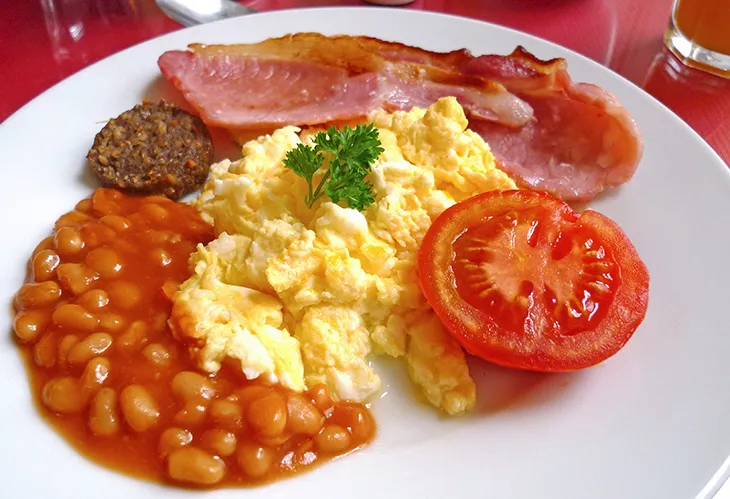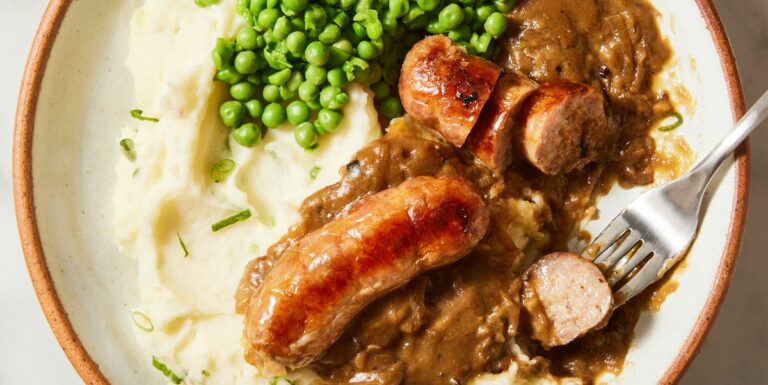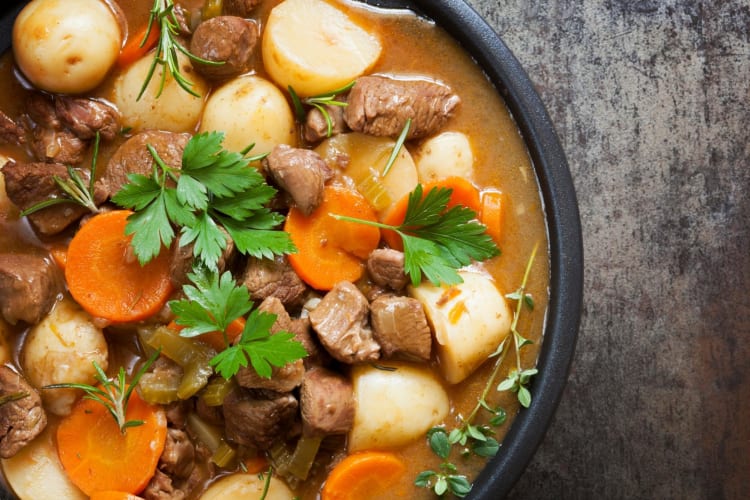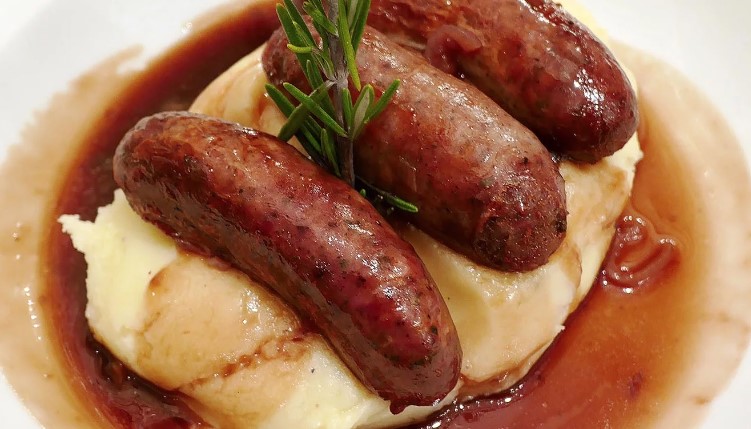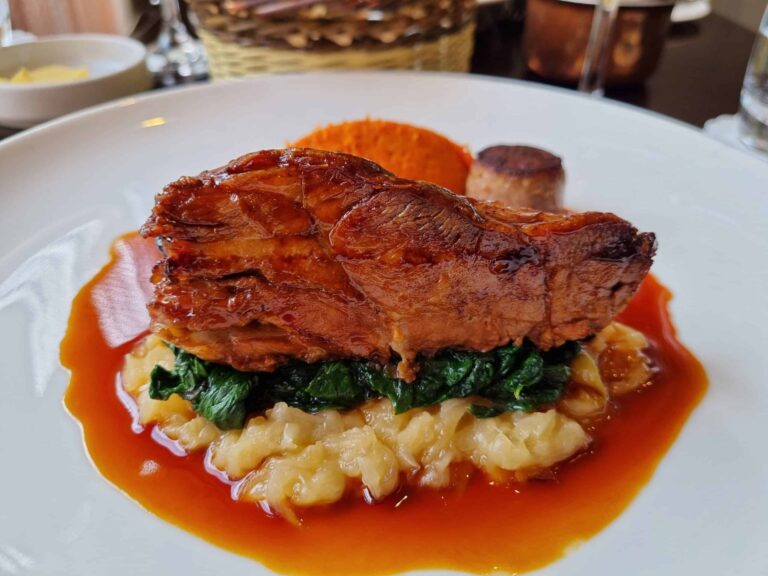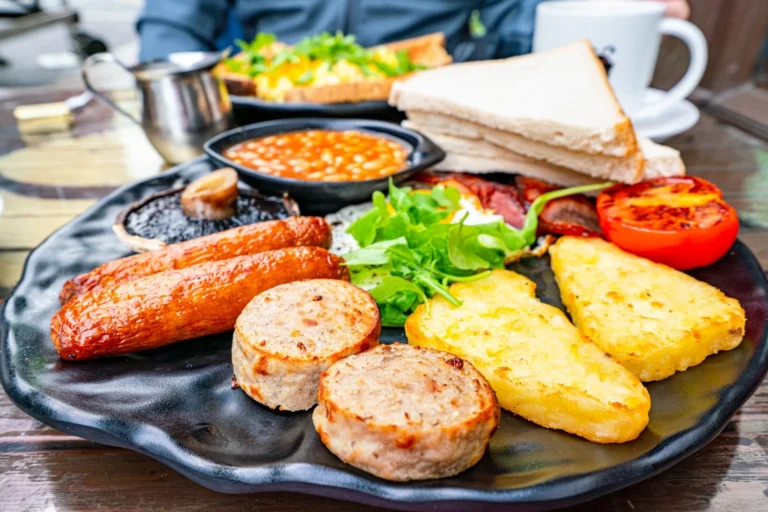Regional Variations in Irish Cuisine
Irish cuisine is often associated with hearty stews and potato dishes. However, the reality is that Irish cuisine is much more diverse than these stereotypes suggest. In fact, there are significant regional variations in Irish cuisine that reflect the unique history, geography, and culture of different areas.
A Rich and Diverse Food Culture
Irish cuisine has a long and complex history that has been shaped by various influences over the centuries. From the arrival of the Celts in the 6th century BCE to the more recent influx of immigrants from around the world, Ireland’s food culture is a melting pot of different traditions and ingredients.
Traditional Dishes from Different Regions
One of the most notable regional variations in Irish cuisine can be seen in the different traditional dishes that are associated with different parts of the country. For example, in the west of Ireland, seafood is a staple of the diet, with dishes like smoked salmon and oysters featuring prominently. In the north, Ulster fry is a popular breakfast dish that includes sausages, bacon, and black pudding. And in the south, the Cork specialty of tripe and drisheen (a type of blood sausage) is a local delicacy.
Unique Flavors and Ingredients
Each region of Ireland has its own unique flavors and ingredients that are often used in local dishes. For example, in the west of Ireland, seaweed is a common ingredient that is used in soups, stews, and even bread. In the north, dulse (a type of seaweed) is often used as a snack. And in the south, butter is a key ingredient in many dishes, including the famous Irish soda bread.
The Influence of History and Geography
The regional variations in Irish cuisine are a reflection of the country’s history and geography. For example, the west of Ireland has a strong maritime tradition, which is reflected in the use of seafood in local dishes. The north, on the other hand, has a history of agriculture, which is reflected in the use of meat and dairy products in traditional dishes.
Exploring the Culinary Landscape of Ireland
If you’re interested in exploring the regional variations in Irish cuisine, there are plenty of opportunities to do so. Many restaurants and cafes across the country serve traditional dishes that reflect the unique flavors and ingredients of different regions. Additionally, there are plenty of food festivals and events that celebrate the diverse food culture of Ireland, such as the Galway International Oyster and Seafood Festival and the Cork Butter Museum. So why not take a culinary tour of Ireland and discover the rich and varied food culture of this fascinating country?


